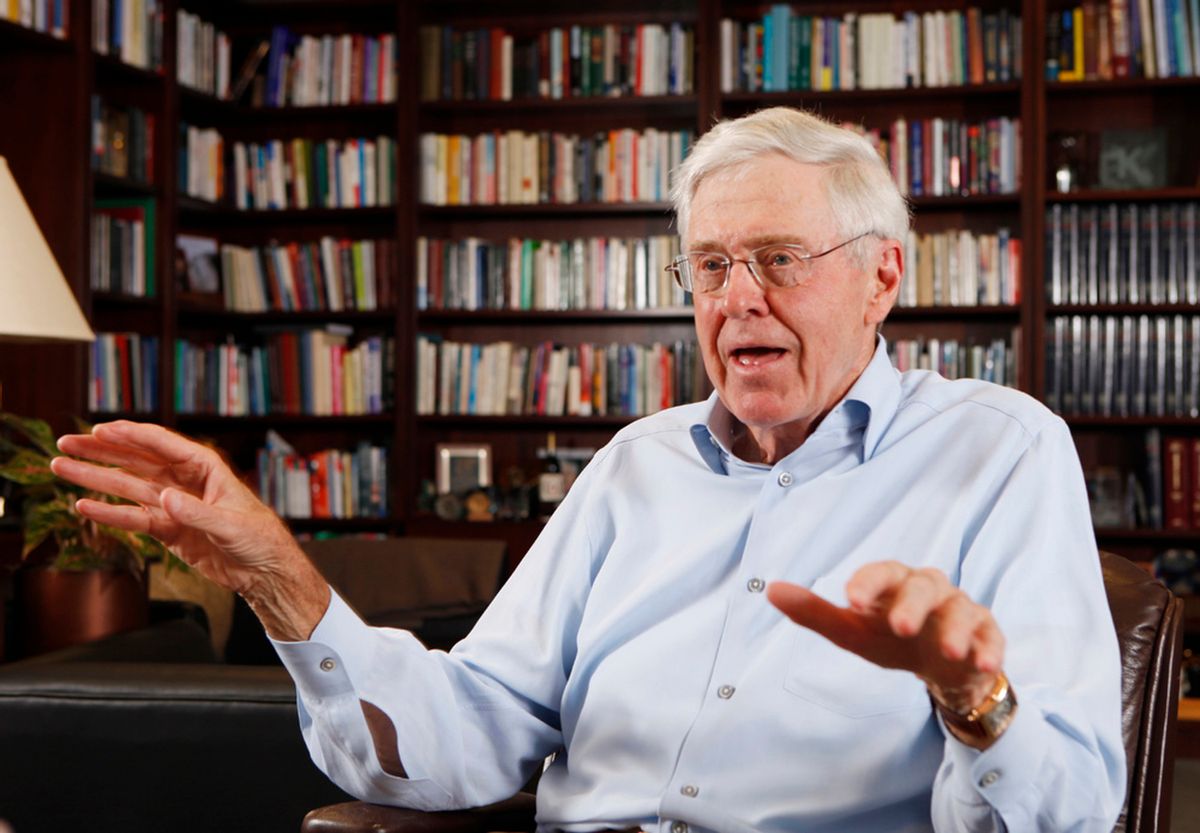Read more articles from the DC Report here.
 An influx of money from outside spending groups has goosed TV ad spending this mid-term season with a focus on special elections and contested primaries.
An influx of money from outside spending groups has goosed TV ad spending this mid-term season with a focus on special elections and contested primaries.
Spending is up nearly 90% compared to the same period in the 2014 mid-terms with more than $260 million spent on nearly 400,000 TV ads between January 1, 2017 and May 3, 2018, on races for House, Senate and governor, according to a report by the Wesleyan Media Project and the Center for Responsive Politics.
In fact, about $65 million was spent on roughly 150,000 ads in House and Senate special elections this cycle in Montana, Georgia, Pennsylvania and Alabama alone.
Overall, dark money groups have funded about a third of the TV ads airing in the House races and almost half of those in Senate races. Put in other terms, two out of every three ads came from an outside spending group, according to the study.
Typically, the groups are run as 501(c)(4) social welfare organizations and are not supposed to be political in nature. They also do not have to disclose their donors. They spend heavily during the long run-up to an election but only have to report ads to the FEC 30 days before a primary or 60 days before the general election. And they can mention candidates and issues, running support or opposition ads.
For example, the Koch Bros. group Americans for Prosperity bought tens of thousands of ads during the 2014 mid-terms before disclosing anything to the FEC. The trend continues this cycle with that same group targeting six critical Senate races and two gubernatorial races with more than 15,000 ads at an estimated cost of $5.4 million. But the dark money group only reported spending $44,643 to the FEC for its activity in a Pennsylvania race for a U.S House seat.
Republicans dominate the airwaves with outside-spending ads. Four out of the top five most active outside groups buying TV ad spots are conservative groups, with American Action Network in the top spot, followed by Americans for Prosperity close behind.
Only two pro-Democratic groups crack the top 10, Save My Care and Majority Forward. Together, they have spent about $3.4 million on roughly 12,000 TV spots.
Meanwhile, the study has shown a sharp spike in TV ad-buys for state races this cycle, especially among gubernatorial races. Those ads nearly doubled to 350,000 this cycle from 174,000 in the same period in 2014, according to the study.
A look at the breakdown of ads for the May 8 primary races alone, which were held in Indiana, North Carolina, Ohio and West Virginia, showed Democrats’ TV ads focused exclusively on policy issues. Pro-Republican TV ads did include some issues, like guns, abortion and immigration, but also included ads that were Pro-Trump, Anti-Obama and Anti-Clinton.
Primary preview: Arkansas, Georgia, Kentucky
Three states hold statewide primaries this Tuesday: Arkansas, Georgia and Kentucky, though none have Senate seats on the ballot.
Arkansas: All four seats in the U.S. House of Representatives are up for grabs and the state is holding elections for its Governor and state legislature. Arkansas is heavily Republican and voted for Trump with a 27-point lead in the 2016 general election.
The U.S. Congressional 2nd District is considered to be a competitive race, however. Incumbent Rep. French Hill (R) faces four Democratic candidates on the ballot, Clarke Tucker, Paul Spencer, Gwendolynn Millen Combs and Jonathan Dunkley. Hill has raised $1.5 million to the top Democratic fundraiser, Tucker’s $602,128, according to the Center for Responsive Politics.
Georgia: There are 14 U.S. Congressional seats up for re-election and the state legislature.
The gubernatorial race has attracted nationwide attention because if state Rep. Stacey Abrams (D) wins the election in November, she would be the first black female governor in the nation. She is on the ballot on Tuesday against fellow state Rep. Stacey Evans. And there are six candidates vying for the Republican spot on the ballot in November, with Lieutenant Gov. Casey Cagle (R) the frontrunner.
The Congressional races to watch boil down to the 6th and 7th Districts where Democrats may have a chance to pick up seats. Incumbent Rep. Karen Handel (R) won a tough special election against Jon Ossoff for former Health and Human Services Secretary Tom Price’s vacant seat in the 6th District in 2017. With the Blue Wave momentum, that could mean she’s vulnerable, as well as Rep. Rob Woodall (R) in the 7th District.
Kentucky: The Bluegrass State does not have its Governor or other state executives on the ballot. But it does have six Congressional seats and its state legislature, courts and local government up for re-election.
The biggest race to watch is the U.S. Congressional 6th District, which could be vulnerable to flip blue. Incumbent Rep. Andy Barr (R) faces six Democratic challengers led by Lexington Mayor Jim Gray and Marine Corp. Lt. Col. Amy McGrath. Though Barr won re-election in 2016 by more than 20 points, his seat is now seen as only “leaning Republican”.



Shares